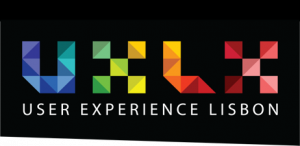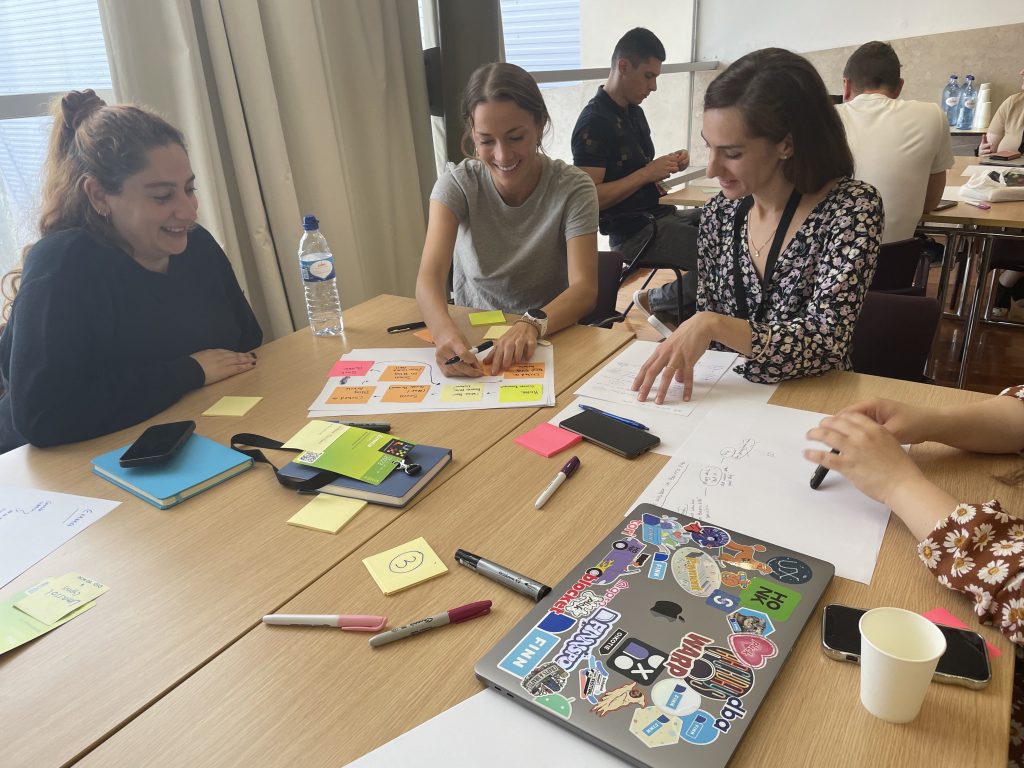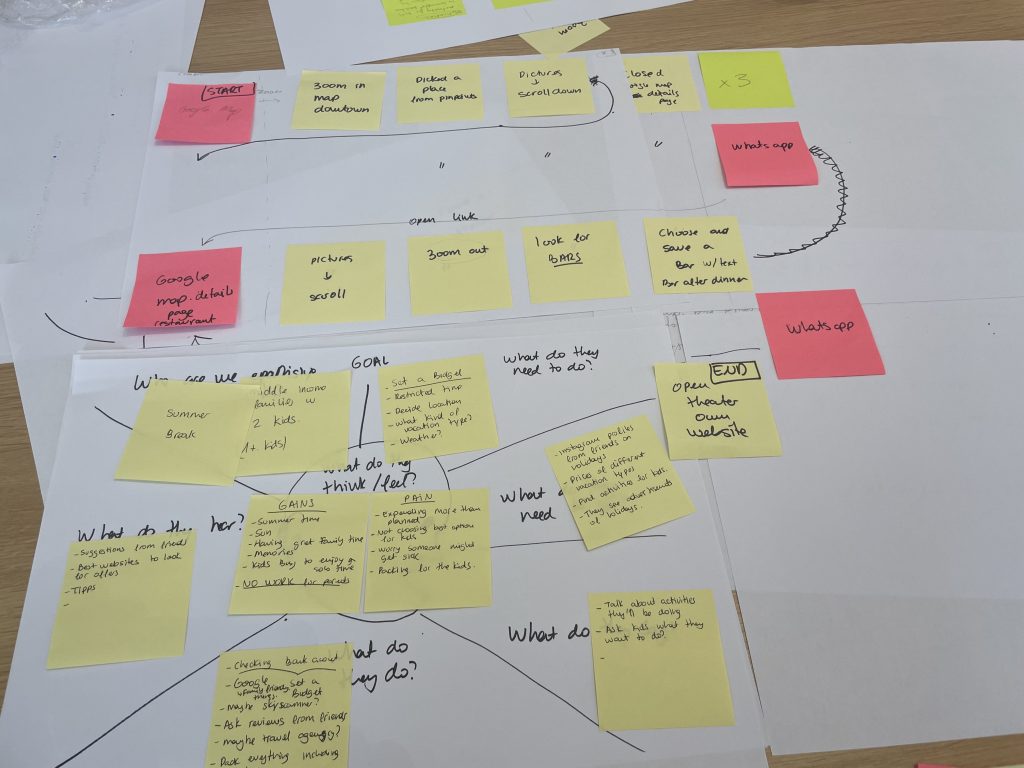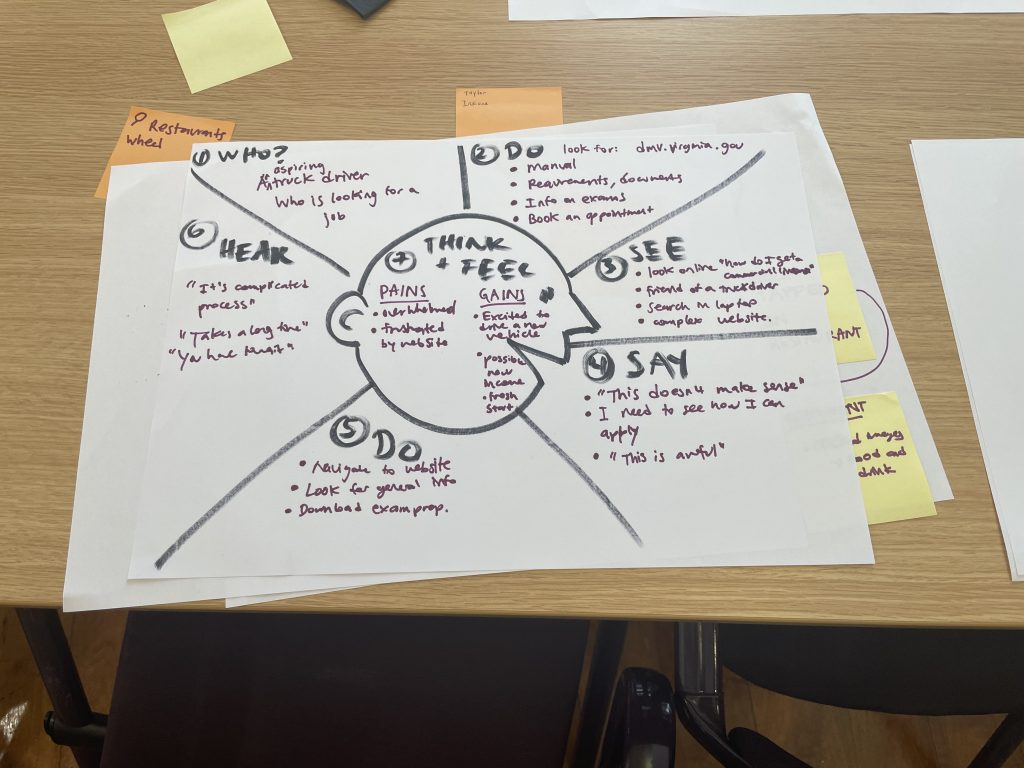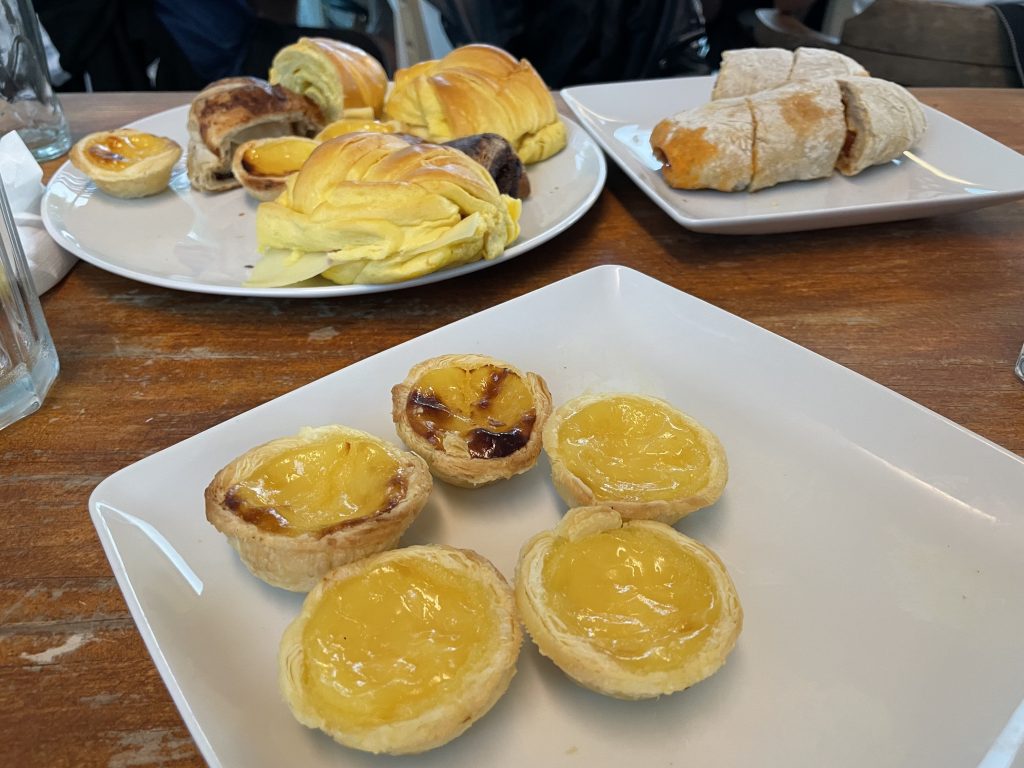I answer questions about UX, Information Architecture and other topics on Quora. A selection of these answers will be reposted on Medium with occasional, minor editing for clarity. I answered the following questions in June.
Is it worth learning UI or UX design? Do you actually use it to build a product?
Answered Jun 30
UX is used to design, strategize and build a product. UI is a part of UX. UI is used to give the product something a user can interact with (buttons, controls, calls to action, a familiar and comfortable layout). Studying users is an important part of product development. One of the biggest values of User Experience research is learning how people solve a particular problem and whether your product, or idea or inkling, is an effective solution. What problem does your product solve? How do people go about solving this problem today, before they know about your product? What are their pain points, either with an alternate solution or with one you already provide? In fact, a project may be abandoned due to what was learned during the research phase and that is a good, valuable result, versus spending millions of dollars on a product no one wants or needs. UX research will show you if you have product/market fit.
Is learning UX or UI worth it? Yes, if you are involved with designing a product, understanding the user’s needs and motivations is important. Are you the best person to learn it? Maybe. It depends on your role with product development. If you are starting with a small MVP or not funded enough to hire staff, you may be required to serve in more than one role in developing the product. These roles may include product management, design, research, coding, data management, account management, sales, security, AI, accessibility, vendor management, partnerships, etc. If you are working on a larger design team, you may specialize in an area of UX such as research, information design, information architecture, data visualization, interaction design, visual design, animation, etc. There are other Quora threads that explore the skills and deliverables for the various aspects of UX, so I won’t go into them here, but you can read a few of my prior responses:
What are the UX design deliverables?
What is UI testing?
Is 38 too old to start a UX/UI career?
Even if you are not specializing in an area of UX, any product development role can benefit from understanding the UX discipline and the insights and methods that inform product design. With these insights, a product manager can focus on aspects of the product that users truly want and need. A developer will understand what is being created and can code in a way that optimizes the design as well as the needs and abilities of the users. Business stakeholders will understand that they are investing in the right approach to serving their market. And that ensures success for the whole team.
What’s the most effective way for a nonprofit to determine UX strategy, design UI and develop pages, within a limited budget and time?
Answered Jun 30
Look for a university with a user experience design, product design or library and information science program and offer to be a test case for a student project. The department office will know if any of their professors are seeking projects for students to work on for a semester long course. Because they are teaching design and strategy skills you can be sure their processes and methodologies will be state of the art and well tested.
If you need faster turnaround than a semester course, prepare to either pay a lot more than you normally would for good work, or be willing to accept lower quality product. Good UX strategy, design and the research that informs the best fit and process takes time.
Is a UX design bootcamp such as RED Academy worth the time and money? Can I get a job if I self-teach UX Design on Coursera, edX or Udacity?
Answered Jun 16
I have heard mixed reports from UX hiring managers about design and coding academies. I guess it really depends on what you expect to learn and whether you are using the training as skills development or a replacement for a degree. Generally academies are great for learning new skills and developing a portfolio. What you get out of a six to twelve week course can vary. I have seen some concern that people who take courses at places like General Assembly are being encouraged to apply for senior design roles that they aren’t actually ready for. Or attendees who pass off student projects as if they were paid work. But other hiring managers may really appreciate the way a program ramps up an employees skills. (When I was at PwC long ago, I was encouraged to take design courses from NYU’s continuing ed department). At the other end, courses from Cooper U or IDEO are well regarded, but expensive and somewhat senior level.
I have also heard concern that a tools based training program is not a substitute for the kind of fundamental design education one would get in a degree program. However, UX designers are paid well even on a junior level, and with the way tuition prices are going at traditional colleges, I find I’m routing for the boot camps to become more like design guilds with apprenticeships and some kind of accredited certification. Center Centre offers a good model for a “master class” style of education. I would argue that if you do have a degree that is not in design (I have a BA in psychology and a MSLIS) and some work experience, all of that experience could be applicable to UX since UX is as much about understanding a business or consumer problem as it is about the solution design.
I don’t know the reputation of RED as it appears to be only in Toronto and Vancouver. So I would probably ask around at local Meetups or see if you can find out what kind of jobs graduates are getting. See if people in your LinkedIn network list the RED program have interesting jobs and contact a few for an informational interview.
As for self-teaching, I find courses at edX, Coursera and audacity to be a mixed bag. Some very good institutions and teachers produce good courses and some are not quite up to their name. Programs like the Interaction Design Foundation and UIE’s All You Can Learn Library are good because of the people behind the productions. And it’s much less expensive than attending a conference or workshop where the novelty of the experience and sheer volume of information can be overwhelming (though they are excellent networking opportunities. Our field is very welcoming).
How does a UX designer ask user groups to test their product?
Answered Jun 15
There are participant recruiting firms and online services that will help you vet and focus users for testing.
A client may have a department or group of employees they would like you to test the product on.
Guerilla testing is when you send teams out into the world and pull people aside to interview or try out a product.
For smaller questions you can pull someone aside at work or take a friend for coffee to get feedback.
I’ve also seen people recruit via social media, friends of friends, Meetup groups. I’ve turned a few Meetups into focus groups before.
You will usually want to offer an incentive to compensate users for their time. A small monetary stipend like $25–100 per session, depending on the length of time, or something smaller like Starbucks cards, sneak peek downloads, etc. Recruiting agencies can help with incentives.
Update: I wanted to add that I have a friend who also had good success with Mechanical Turk. I’ve never used them, but thought I’d add that since I’ve heard similar crowdsourcing methods can work for certain types of questions.
What are the ideal deliverables of a user interview?
Answered Jun 15
Pain points. What is it about the problem you are trying to solve or they way you approach your solution that users have the most trouble or frustration with? This can be issues with the solutions you are designing, those of a competitor or any other ways a user might be solpving problem or a need on their own.
Discovery. How are users finding solutions today? How are they finding your solution or solutions like yours? What are they reading, watching, who are they talking to? Where are ideal touchpoints where you can access that potential market?
Feedback. When you are interviewing users about your product or solution, what do they like and dislike about it? What is tolerable but could be better?
As for the format of the deliverable, video is very popular because it exposes nonverbal communication, such as body language, pitch, expressions, etc., that you don’t necessarily capture well in a written report. When delivering to the design team or stakeholders, you can pull out clips from interviews to illustrate a finding. Visualizations are also a good way to show a lot of data in a single artifact. Can you graph information, such as cost against another parameter like emotion? User research software and analytics companies have a lot of ways to visualize user research data.
What is the difference between UX and UI designer and web designer?
Answered Jun 12
A UX designer is concerned with the entire user experience. What motivates a user to use a product? What needs does the user have that causes them to try your product? What about the available solutions does the user find frustrating or incomplete? What about the product experience engages a user to use it again and again or to share it with others. They may create wireframe layouts, page flows, prototypes or focus on information architecture, UI design or more strategic documentation like user journeys and personas.
A UI designer is focused on the interface, specifically graphic controls (buttons, sliders, links), indicators, layout, error messaging, etc. and ensuring that they are visible, understandable, usable and accessible.
Web designer is somewhat of an archaic term. One might assume a web designer focuses specifically on browser based products, or that it is someone who does everything from design to development.
Are there any usability studies on alt text that people with visual disabilities find useful?
Answered Jun 9
The classic is Nielsen Norman’s 2001 study Beyond Alt Text: https://media.nngroup.com/media/reports/free/Usability_Guidelines_for_Accessible_Web_Design.pdf
This year Facebook released a study on Developing automatic-alt text for Facebook screen reader users
McEwan and Weerts did a meta study for British Computer Society in 2007 that mentions several alt-text accessibility studies http://www.bcs.org/upload/pdf/ewic_hc07_sppaper18.pdf
How would you start UX in a company with no design culture if you’re the only designer?
Answered Jun 8
Read Leah Buley’s The User Experience Team of One – from Rosenfeld Media. She covers how to set up a UX practice in a company and methods of evangelizing the benefits of UX design and building culture. She also has a few virtual lectures at UIE’s All You Can Learn Library.
I’m a freelance front-end web developer and digital artist/designer. Should I keep my portfolios separate?
Answered Jun 5
I treat portfolios in a similar way as resumes. Do I have one resume that I use for every job I apply for? No. Unless you are applying for a cookie-cutter, entry level position, you need a different resume and possibly a different portfolio for each application. Every company faces a unique set of challenges. Each job is an opportunity to solve a different problem, and each application needs a different sales pitch tailored to that problem. If the job requires someone with strictly design skills, highlight design projects in your resume and your portfolio. If it is a mix of design and development, include a mix in your portfolio.
By “portfolio,” I am referring to the document you send to the hiring manager. It can be something you send in an email or attach to an application system. It might be a PDF, a video, animated graphic, or link to Dropbox or your website, but it is tailored specifically to that job application. Your public website (or LinkedIn or Dribbble page) should showcase your best work in the areas that you most want to work, and ideally on projects where your client or boss would recommend you. If your ideal job is strictly design, these should be the projects on your public website. You can always have a link to other types of work more deeply in your site.
There are certainly skeptics who believe that Da Vincis and unicorns don’t exist, and most people tend to excel more in one than the other. I’ve known people who do quite well with both, but you probably have a natural leaning. Go with that. There is always an opportunity to show more if the hiring manager is interested in seeing more.
Is it possible to have functional requirements if you’re working in UX?
Updated Jun 3
Gathering user requirements is an essential part of User Experience research for most projects. Discovering how a someone uses a tool, whether it fits all of the user’s needs for a given process, where there may be functional gaps, etc. help to determine if planned functions meet these needs, if current functions need tweaking or whether new functions should be added. The document you produce may not be quite as formal or detailed as in traditional engineering or software development projects. It depends on the team, what role you hand off your work to, and how complex the function is. It could be a written report, a flow diagram, a user journey map, an infographic, an animated video or a combination.
